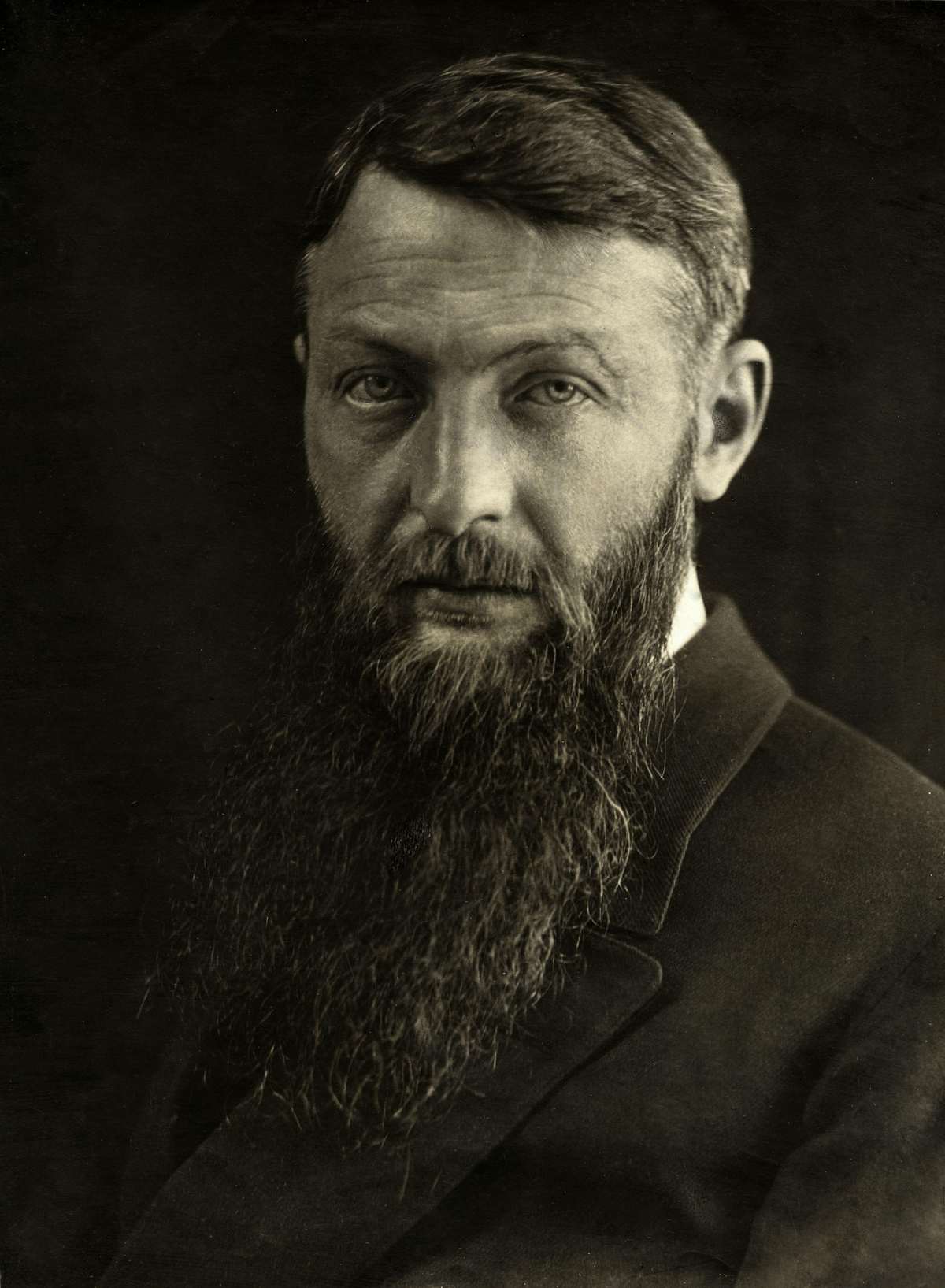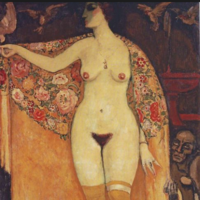More about Kees van Dongen
Works by Kees van Dongen

Sr. Contributor
Called "a kind of Great Gatsby of the low countries" by one critic.
Van Dongen – full name Cornelis Theodore Marie van Dongen – was something of a lothario. The female body was, in his own words, "the most beautiful landscape" (gross, dude). Misogynist attitude aside, women couldn't get enough van Dongen. His peculiar style of portraiture struck a chord among high society femmes across Europe.
Success wasn't for lack of effort. Van Dongen was born in a town outside Rotterdam. Schooling at the Royal Academy of Fine Arts in Rotterdam provided a solid foundation of art knowledge that he honed in the town's Red Quarter. Rotterdam was a bustling port city in van Dongen's formative years and its seedy Red Quarter introduced him to the lives and stories of its sailors...and prostitutes. These seaward travelers and soiled doves were subjects Van Dongen's first subjects.
Scholarly pursuits brought van Dongen into contact with the first great love of his life, a fellow student at the Royal Academy named Augusta "Guus" Preitinger. The van Dongen family moved to Paris after the pair realized that artistic success wasn't in reach outside one of Europe's larger metropolises. Van Dongen received his first introduction to success after befriending Picasso and ingratiating himself into the master's crew. Still, critical recognition proved elusive. Exhibitions alongside the likes of Matisse, André Derain, and Maurice de Vlaminck brought him close, but never close enough. Van Dongen supported his family on a cartoonist's salary for years by illustrating satirical journals. The only change immigrating to Paris brought was trading seamen and prostitutes for circus folk as subjects.
Things got better just before World War I tore apart all of Europe, and the van Dongen clan. Van Dongen achieved notoriety for the sex appeal oozing out of his portraits of women in Parisian high society. Some works went too far, with authorities banning one especially egregious painting of a hobo lusting after a nude women with a Spanish shawl.
Guus left Paris just before the outbreak of WWI to visit her parents in Rotterdam with Dolly, the van Dongen's young daughter. Guus and Dolly were trapped in Rotterdam throughout the war's duration. Van Dongen grew close to a fashion director named Jasmy Jacob in the interim. Kees and Guus divorced five years later when she finally returned to Paris and found her family had been shattered.
The 1920s saw van Dongen's fame skyrocket. Even the worldwide depression following the crash of 1929 had little effect on the number and quality of commissions coming his way. While most of his oeuvre from the period consists of pale women with large, elliptical eyes, royals like King Leopold III and Aga Khan are also easily found. The world regards his output after 1940 until his death in 1968 as increasingly inferior to his Jazz age fare. Despite a steep decline in his popularity, one of van Dongen's best was recently the target of theft.
Kees' painting The Thinker was stolen in 2013 from the Van Buuren museum outside Brussels. Thieves entered the Van Buuren early one morning and left with the paintings through a back door. The break-in occurred through a ground floor window that triggered an alarm, but the crooks fled well before authorities were able to respond. The theft lasted all of two minutes and three seconds. Eye witnesses saw the perpetrators speeding off in a BMW, no less. Even though works by the likes of Vincent van Gogh and Pieter Brueghel the Younger were among the felon's haul, van Dongen's Thinker accounted for most of the stolen value.
Sources
- http://www.blouinartinfo.com/artists/52198-kees-van-dongen
- http://www.artnet.com/artists/kees-van-dongen/
- http://www.visual-arts-cork.com/famous-artists/kees-van-dongen.htm
- https://www.theguardian.com/culture/2002/oct/19/art
- https://news.artnet.com/art-world/robbers-ransom-van-buuren-museum-2897…
- http://www.xpats.com/brussels-art-theft-mystery-has-van-buuren-found-it…
- http://www.irishtimes.com/news/world/europe/thieves-steal-10-paintings-…
Featured Content
Here is what Wikipedia says about Kees van Dongen
Cornelis Theodorus Maria "Kees" van Dongen (26 January 1877 – 28 May 1968) was a Dutch-French painter who was one of the leading Fauves. Van Dongen's early work was influenced by the Hague School and symbolism and it evolved gradually into a rough pointillist style. From 1905 onwards – when he took part at the controversial 1905 Salon d'Automne exhibition – his style became more and more radical in its use of form and colour. The paintings he made in the period of 1905–1910 are considered by some to be his most important works. The themes of his work from that period are predominantly centered on the nightlife. He painted dancers, singers, masquerades, and theatre. Van Dongen gained a reputation for his sensuous – at times garish – portraits, especially of women.
Check out the full Wikipedia article about Kees van Dongen











